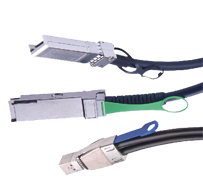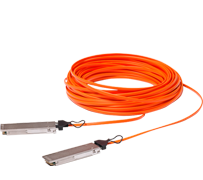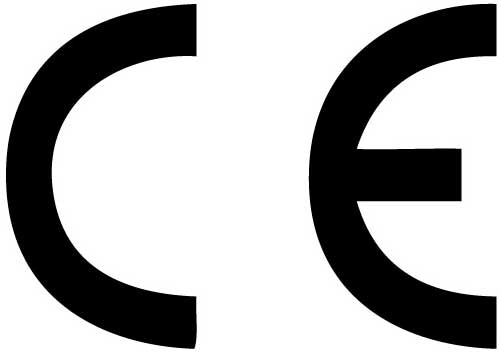FiberOnSale News


A simple comparison of PBT and T-MPLS technology is mainly Agreement
9/15/15 | Technical Article | FiberOnSale.comPTN Layer 2 technologies can be seen as a simplified version of the mechanism and OAM enhancements combination. In the realization of the technology, the two main technical PBT and T-MPLS will be a substitute for SDH, rather than the IP/MPLS competitors, similar to its network theory, are based on end to end, bidirectional point to point connection, and provides a central management, within 50 milliseconds protection switchover; either can be used to implement SONET/SDH to packet switching transition, in the protection of existing transmission resources, it can be similar to the existing SDH network functions to implement the network packet switched network transformation.

OADM applications in all-optical networks
8/18/15 | Technical Article | FiberOnSale.comOADM equipment in long haul and metro networks are useless.
◆ In the trunk applications, OADM device of choice up and down business intermediate nodes.

T-MPLS technology Interpretation
8/16/15 | Technical Article | FiberOnSale.comT-MPLS (Transport MPLS) is a connection-oriented packet transport technology. In the transport network, the client signal is mapped into the MPLS frame and use MPLS mechanisms (such as label switching, the label stack) forwards, while it increases the basic functions of the transport layer, such as connectivity and performance monitoring, survivability (protection and restoration), management and control plane (ASON/GMPLS).

Technical characteristics of the active optical network
8/7/15 | Technical Article | FiberOnSale.comActive optical network central office equipment (CE) and remote equipment (RE) connected via active optical transmission equipment. Transmission technology is the backbone network SDH and PDH technologies have been widely adopted, but the main SDH technology. Remote device mainly to complete the collection business, interface adapter, multiplexing and transmission. Central office equipment mainly to complete the interface adapter, multiplexing and transmission. In addition, the central office equipment to the network element management system also provides network management interface. In the actual construction of the access network, active optical network topology is typically star or ring. Active optical network technology has the following characteristics:

SDH is the development direction of digital transmission network
7/20/15 | Technical Article | FiberOnSale.comSDH its obvious superiority transmission network has become the mainstream of development. SDH technology and some advanced technology, such as optical wavelength division multiplexing (WDM), ATM technology, Internet technology (Packet over SDH), so that the role of SDH network is growing. SDH has been included in various countries in the 21st century high-speed communications network application project is the development direction of the telecommunications industry recognized digital transmission network, with great commercial prospects.

SDH and SONET's relationship
7/16/15 | Technical Article | FiberOnSale.comSDH / SONET defines a set of rate and format of optical fiber transmission optical signals, generally referred to as the optical synchronous digital transmission network, a broadband one of the foundations integrated digital network of B-ISDN .SDH / SONET uses TDM technology, is a synchronous system, the master clock control, accuracy of 10 ^ -9. both for backbone transport is to follow the application of quasi-synchronous digital series PDH (Plesiochronous Digital Hierarchy) a revolution.

SDH advantages
7/15/15 | Technical Article | FiberOnSale.comSDH transmission system in the world to have a unified standard for digital transmission rate of the frame structure and standard optical interface, allowing network management system interoperability, and therefore has good lateral compatibility, is fully compatible with existing PDH, and accommodate variety of new traffic signals, the formation of a unified global standard digital transmission system, improve the reliability of the network.

SDH definitions
7/14/15 | Technical Article | FiberOnSale.comSDH (Synchronous Digital Hierarchy), defined according to ITU-T recommendations, is the transmission of digital signals at different speeds to provide information on the structure of the corresponding level, including the multiplexing method and mapping method, as well as the associated synchronization method consisting of a technical system.

OTN and SDH, WDM relationship
7/13/15 | Technical Article | FiberOnSale.comOTN with WDM technology, large transmission capacity on the basis of the introduction of the SDH powerful operation, maintenance, management and assignment (OAM) capabilities, while addressing SDH function at the transport layer for lack of inadequate management and maintenance overhead. Using the embedded standard FEC, extensive maintenance and management overhead for large particles service access FEC error correction coding, improve the BER performance, increased light transmission span.

The main advantage of OTN
7/9/15 | Technical Article | FiberOnSale.comThe main advantage of OTN is fully backward compatible, it can build on existing SONET / SDH management functions on the basis of not only the existence of a fully transparent communication protocol, but also for WDM-end connectivity and networking capabilities, It provides a light layer interconnect specification ROADM, and added sub-wavelength aggregation and grooming.


























